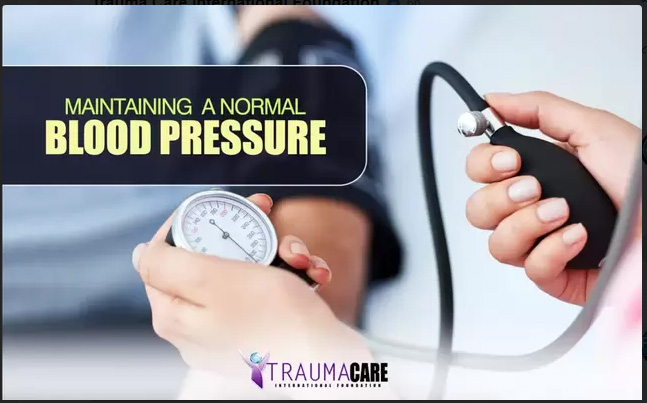Having an abnormal blood pressure reading does not mean hypertension...
Do you know what your blood pressure reading is and have you had your blood pressure checked lately?
Basics on Normal Blood Pressure
The force with which the blood exerts on the walls of the arteries (blood vessels carrying blood away from the heart) is known as the blood pressure. When the heart contracts and pushes more blood into the arteries, this force is a little higher and is known as the systolic blood pressure. The drop in pressure between beats is known as diastolic pressure.
Pressure builds up in the heart when the arteries become stiff and narrow; it makes the heart work harder than it normally would. Thus, it is important that one’s blood pressure is normal. Blood Pressure Reading To take blood pressure reading, a sphygmomanometer is used. A healthcare provider will place the cuff around the arm and inflates the cuff until the blood stops flowing. Then slowly, the healthcare provider will deflate the cuff and listen to an artery in the arm on the opposite side of the elbow using a stethoscope. The first blood flow that sounds like a heart is recorded as systolic pressure while the last beat is recorded as diastolic pressure. The systolic number is always recorded first and it is the larger of the two numbers. ·
Systolic pressure less than 120 and diastolic pressure less than 80 means normal pressure. It is also important to note that having an abnormal blood pressure reading does not mean hypertension. The healthcare provider can check your readings several times on different days to establish if indeed you have a high blood pressure. You can also check your blood pressure yourself by using an automated sphygmomanometer.
Tips for Maintaining Normal Blood Pressure:
Exercise.
Exercise is effective at controlling blood pressure because it stimulates the release of nitric acid. Nitric acid causes the blood vessels to dilate and thus reduces blood pressure.
Shed excess weight.
As one increases in weight, one’s blood pressure increases as well. Being over-weight increases the risk of having heart disease and diabetes.
Healthy eating.
There is a lower risk of developing high blood pressure when the right time of diet is eaten. This can even help in returning the blood pressure to normal. Studies have shown that a diet high in fruits, vegetables, whole grains, low-fat dairy, poultry, fish, and nuts works really well.
Get rid of the salt habit.
The body only needs about 500mg of salt per day. Studies have demonstrated that high salt intake leads to high blood pressure. It is recommended to limit that amount of salt intake to 2,300 mg per day (which is equivalent to one teaspoon) and an ideal limit of no more than 1,500 mg per day for most adults.
RELATED POSTS: HYDRATION





What do you think?
0 Responses
To Comment, you must Sign In
Be the First to Post on this Topic